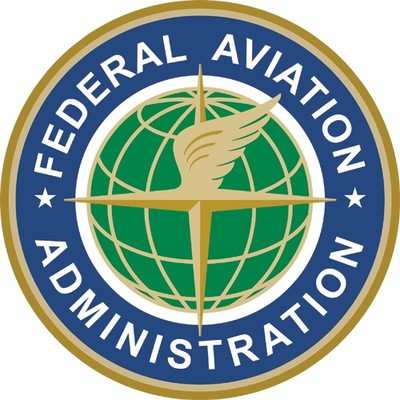Wed, Mar 15, 2017
Agency Says An Equivalency Determination Must Be Made If Substitutions Are Made In Materials
The replacement of safety belt (seat berth and shoulder harness) webbing material, frequently referred to as “re-webbing,” has become a common industry practice in order to replace defective, damaged, worn, or soiled belt material. This is an acceptable practice when properly accomplished by authorized persons using appropriate materials and data. However, re-webbing of a seat belt that is used on a dynamic seating system poses unique challenges if the Original Equipment Manufacturer (OEM) data and materials are not used.

An Information for Operators (InFO) recently published by the FAA points out that if any materials are substituted for the original, then there should be an equivalency determination made. Demonstrating that a seat belt, which was not repaired using the original materials and data from the manufacturer, still complies with the airworthiness standards for a dynamic seat assembly, will likely require extensive dynamic testing and/or analysis that could be cost prohibitive. This is because a seat belt is an integral part of a particular seat assembly which has unique design and performance attributes. Seat belts used in dynamic seating systems have even more stringent design and performance requirements that must be met per the dynamic seat regulations in 14 CFR part 23 § 23.562; part 25 § 25.562; part 27 § 27.562 and part 29 § 29.562 (commonly referred to as 2X.562).
In order for the aircraft to remain airworthy, the seat assembly installed must, per § 43.13, have been maintained (installation of a replacement seat belt) in such a way as to make it at least equal to its original condition. In this case the seat belt can be either a new seat belt properly identified by the manufacturer as being eligible for installation or it can be a repaired seat belt. However, if a repaired seat belt is used, it must have been repaired in such a way that assures that the performance of the seat assembly still meets the regulatory requirements of part 43. Proper repair can’t be established by simply substantiating that the repaired belt meets the same TSO as the original belt.
Repairs to seat belts will typically be considered major repairs and will therefore require Federal Aviation Administration (FAA) approved data for the repair process. The FAA is in the process of carefully reviewing existing approved repair data, such as repair specifications, as well as carefully scrutinizing any newly submitted repair data for appropriateness and conformity to the required performance criteria.
Previously approved seat belt repairs may not have ensured compliance to the overall aircraft airworthiness requirements. Therefore, maintenance providers should ensure that any seat belts that are being installed have been repaired using materials and data that were substantiated for the use on the specific seats they are being installed on. If the seat belt is being installed on a dynamic seat assembly, ensure that the repair data being used has been supported by the proper testing and/or analysis to show that the specific requirements for that dynamic seat assembly have been met.
More News
From 2014 (YouTube Version): One Of The Airshow World's Pre-Eminent Formation Teams Chats About The State Of The Industry At EAA AirVenture 2014, ANN News Editor Tom Patton gets th>[...]
Tactical Air Navigation (TACAN) An ultra-high frequency electronic rho-theta air navigation aid which provides suitably equipped aircraft a continuous indication of bearing and dis>[...]
Aero Linx: Doobert Hi, we're Chris & Rachael Roy, founders and owners of Doobert. Chris is a technology guy in his “day” job and used his experience to create Doobe>[...]
The Airplane Was Spinning In A Nose-Down Attitude Before It Impacted Terrain On June 20, 2025, at 0900 eastern daylight time, a Pitts Aerobatics S-2B, N79AV, was destroyed when it >[...]
Also: United Elite Sues, Newark ATC Transitions, Discovery Moves?, Textron @ KOSH The Commemorative Air Force Airbase Arizona is taking its “Flying Legends of Victory Tour&rd>[...]
 Classic Aero-TV: Up Close And Personal - The Aeroshell Aerobatic Team at Oshkosh
Classic Aero-TV: Up Close And Personal - The Aeroshell Aerobatic Team at Oshkosh ANN's Daily Aero-Term (07.13.25): Tactical Air Navigation (TACAN)
ANN's Daily Aero-Term (07.13.25): Tactical Air Navigation (TACAN) ANN's Daily Aero-Linx (07.13.25)
ANN's Daily Aero-Linx (07.13.25) NTSB Prelim: Pitts S2
NTSB Prelim: Pitts S2 Airborne 07.09.25: B-17 Sentimental Journey, Airport Scandal, NORAD Intercepts
Airborne 07.09.25: B-17 Sentimental Journey, Airport Scandal, NORAD Intercepts



